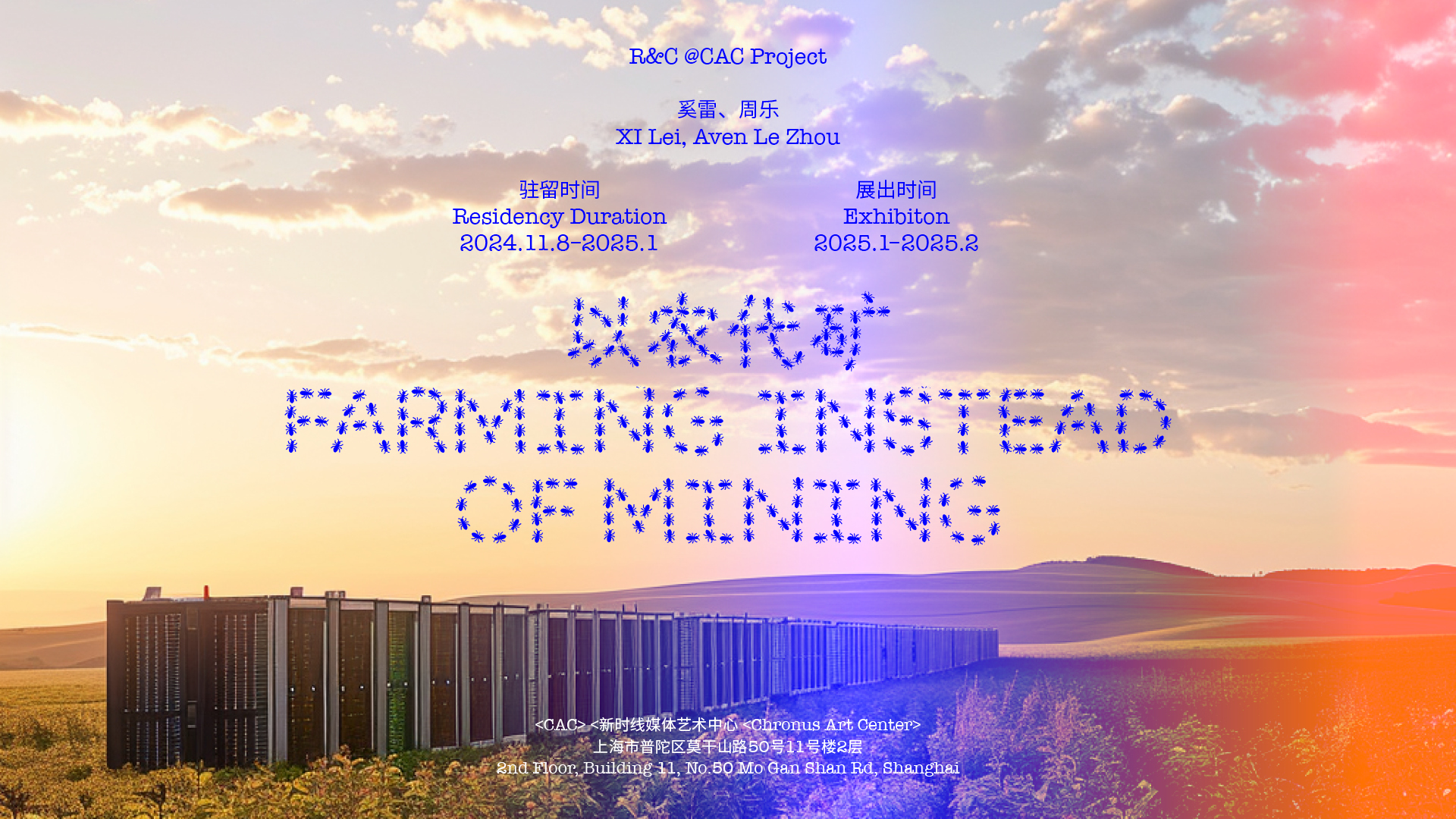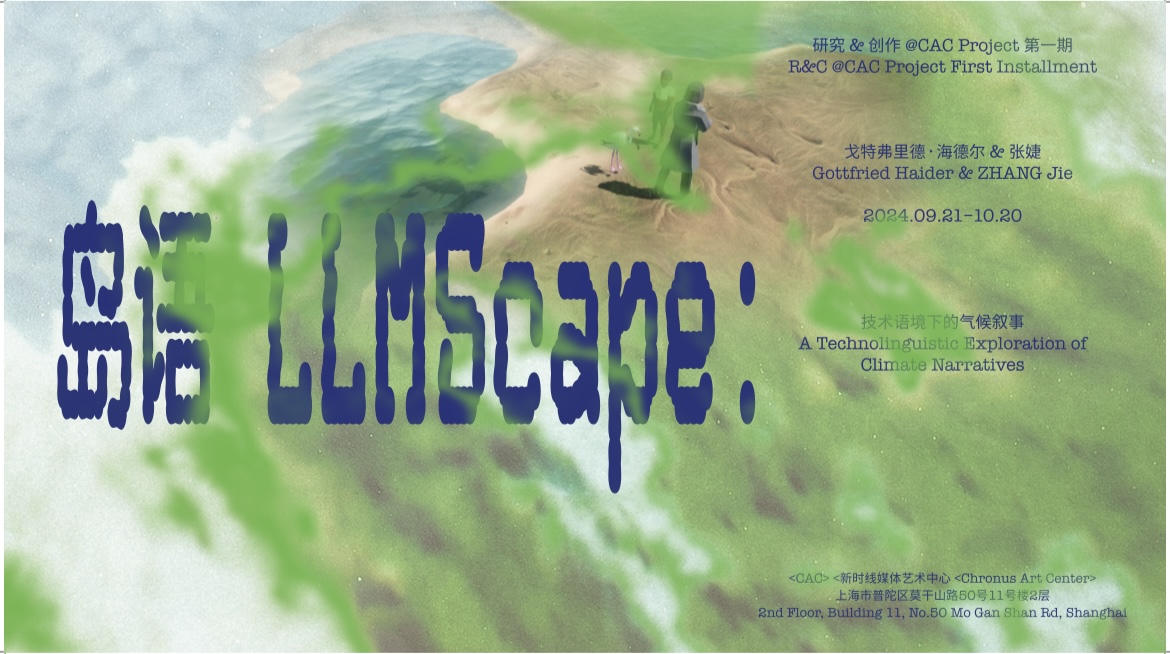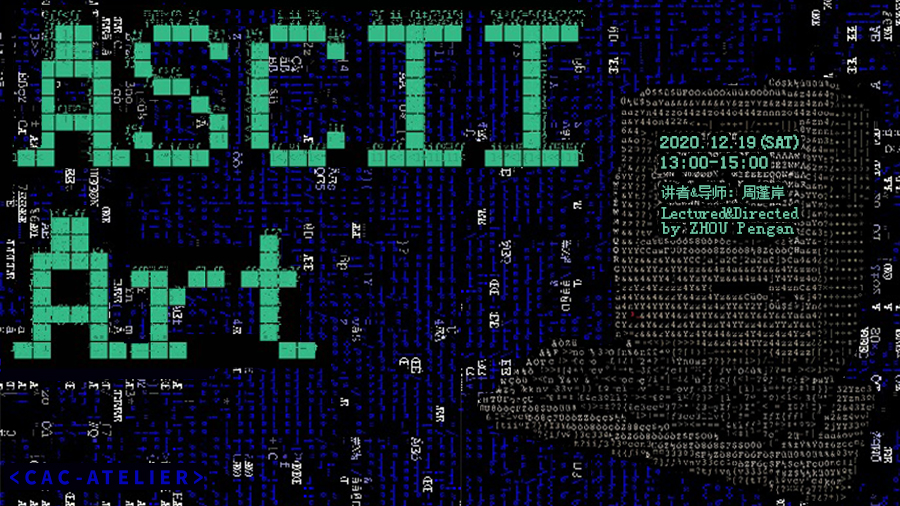On view: 2015.9.6-10.4
Opening reception: 2015.9.5, 5-7pm
Venue: Chronus Art Center
Address: BLDG.18, No.50 Moganshan RD., Shanghai
Chronus Art Center (CAC) is pleased to present Tox Screen, an exhibition by the American artist Casey Reas.
Tox Screen features a generative animation that scrambles, fractures and distorts the intended images and narratives, to craft alternate, imagined space. Taking a Dada approach to the raw materials, it intentionally disrupts the information of local broadcast signals and subverts software’s capacity for precision and order. As a result, the programmed logic is visible as a geometric lattice, building the illusion of a surface.
The work investigates the field of technical images, as theorized by philosopher Vilém Flusser, such as visual information transmitted as data, which relies on text-based instructions to “write” a picture; the construction is comparable to early twentieth century collages built from the media of that time, and mid-century video collage.
Tox Screen
Casey Reas | 2013 | diptych | custom software, two computers | dimensions variable, unique | each: 1920 x 1080 pixels
Tox Screen is a wall-sized diptych of video projections that explores the behavior of television signals and entropy. Television content was captured through an antenna then processed with custom software.
The work is named after a specific moment from the original television script.
About the Artist
Casey Reas
b.1972, United States
Lives and works in Los Angeles, CA
Casey Reas writes software to explore conditional systems as art. Through defining emergent networks and layered instructions, he has defined a unique area of visual experience that builds upon concrete art, conceptual art, experimental animation, and drawing. While dynamic,generative software remains his core medium, work in variable media including prints, objects,installations, and performances materialize from his visual systems.
Reas' software, prints, and installations have been featured widely in solo and group exhibitions at museums and galleries in the United States, Europe, and Asia. Recent venues include the San Francisco Museum of Modern Art and the Art Institute of Chicago, and recent commissions have been awarded by the Whitney Museum of American Art and the New World Symphony in Miami. Reas' work is in a range of private and public collections, including the Centre Georges Pompidou and the Victoria and Albert Museum.
He is a professor at the University of California, Los Angeles, and holds a masters degree from the Massachusetts Institute of Technology in Media Arts and Sciences as well as a bachelors degree from the School of Design, Architecture, Art, and Planning at the University of Cincinnati. With Ben Fry, Reas initiated Processing in 2001. Processing is an open source programming language and environment for the visual arts.
Reas recently co-wrote and designed the book 10 PRINT CHR$(205.5+RND(1)); : GOTO 10 (MIT Press, 2013). Reas and Fry published Processing: A Programming Handbook for Visual Designers and Artists, a comprehensive introduction to programming within the context of visual media (MIT Press, 2007). With Chandler McWilliams and Lust, Reas published Form+Code in Design, Art, and Architecture (Princeton Architectural Press, 2010), a non-technical introduction to the history, theory, and practice of software in the visual arts. Reas' Process Compendium 2004—2010 documents six years of his work exploring the phenomena of emergence through software.
About the Series
Tox Screen is the fifth exhibition in a series of screen-based works organized by the Chronus Art Center. Conceived by ZHANG Ga, this exhibition series examines, through seven international artists’ projection works, each presented in a month-long solo exhibition, dynamically generated audiovisual systems that artists have custom-made, real-time transmitted images which demand protocols other than those readily available, idiosyncratic animation techniques for which given rules will be rewritten, and subject matters estranged from the populist safe haven. The artists presented in this series often exploit an algorithmic logic distinct from the predominant language that speaks the parlance of video art—software presets and editing routines for visual manipulation and content authoring—thereby disrupting and sabotaging the economy and the ideology of image production implicit in the very tools and means that produce narrative and construct meaning. In doing so, they have developed a new aesthetic sensibility beyond the received notion of video art as such, extending the rich tradition of media art seen in the pioneering experiments of Walter Ruttmann and Dziga Vertov of the 1920s; by the canonical works of Michael Snow, the Vasulkas and Nam June Paik, to name just a few, of the mid-century; to the digital contemporary, and opened new potentials for tending individuated perceptual spaces that can acculturate the spectacles of cosmic magnitude and the facticity of the everyday, imagined or otherwise.
Series Artists
Michael Joaquin Grey








